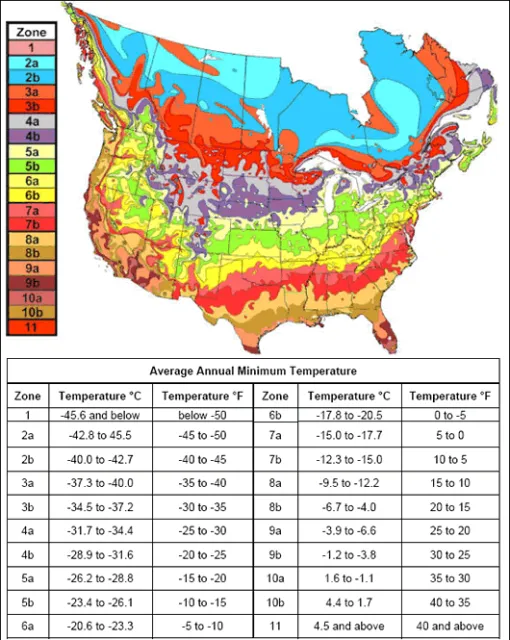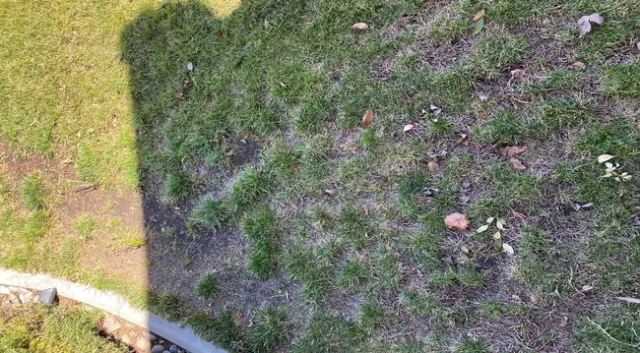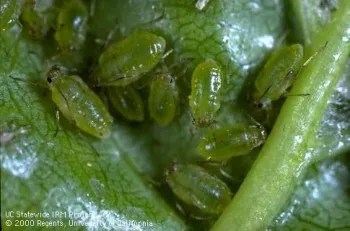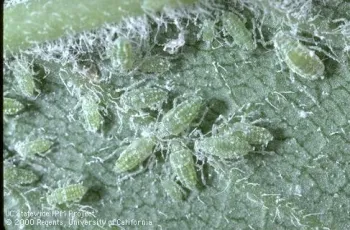Pests of the Season
Pests of the Season
Morris Lacey, Master Gardener
Spring is either here or just around the corner, dependent upon your Hardiness Zone (those of you in the foothills still have a little longer to wait). In San Joaquin County, gardeners face the peskiness of our new “normal” warmer weather which wears on our patience and urges us to plant in early February - despite our data-based knowledge which keeps telling us to be prepared for frost as late as March 7 (Zone 9b, Old Farmer's Almanac). I remember my wife and I living in central New York and trying to be patient for May 31 to arrive to get us past the potential last date for frost. Our neighbor warned us our first year there as we began May with temperatures in the 70's. Everything was jumping out of the ground, and that fooled us into believing we had struck the lottery and could plant tomatoes in the garden early and unprotected. We found out different on the last day of the month. You guessed it, a hard freeze - with snow!
FROST can be pesky and, while it is not a “pest” per say, it should be dealt with simply enough by planning and staying the course of your Hardiness Zone recommendations. When in doubt, listen to your neighbors who have lived in the area for years – they should provide sage advice regarding frost and your plantingtimeline.

LAWN DIEBACK - Lawns should be thriving at this time of year, coming off late winter moisture in the form of rain, fog, or dew. Even without said moisture, the ground has yet to give up all the wet of winter as the weather continues to provide cool nights keeping the ground damp below the reach of the short hours of daylight warmth. Invariably, lawns may have a large spot or two of browned-out dying grass which begs the gardener to question “what is causing that?” Good question! But don't jump to conclusions – investigate scientifically and identify the cause.

The reason behind this “pesky” situation may be as simple as dog urine (small circles) or too much water too soon for a season still cool for the type of grass planted or not enough water because the rain expected didn't come! Our recent windy days did pull the humidity out of the upper portion of our yards and grass may be living on short roots from previous seasons of light watering as opposed to long roots from a good soaking. If you don't find any of these options plausible, look for grubs around the roots. If there are less than 6 cutworms or white grubs within one square foot, no treatment necessary. Conduct a soil drench test to identify possible other insect pests which may be causing the dieback. If you do not find insects in significant amounts, do not treat with pesticides. If you do find insects in significant amounts, identify which insect is doing the damage and modify the environment to discourage the insect if possible. As a last resort, choose an insecticide which targets your pest.
In the photo above, the area of lawn die-back exhibits a carpet of dead grass and soil which is damp to the touch with no evidence of insects. A healthy border of shrubs is between the lawn and the front porch of the house. This portion of the lawn has been in shade all winter and a sprinkler system watered the lawn all winter as the owner lost a loved one late last year and is just now getting around to the former tasks of the deceased relative.

Identify the aphids as the cause of the leaf curl and remove the curled leaves by hand (good method) and squish the aphids or use a good stream of water (better method) to wash off the aphids or use soapy water (best method) to knock them off and “suffocate” the little beasts.

Visit http://sjmastergardeners.ucanr.edu/index.cfm or call 800-555-1212 with your questions regarding specific issues you may encounter in the pursuit of gardening enjoyment.
Pest Notes Publication 7404 Aphids, Pest Notes Publication 7476 Lawn Insects
UCANR – U.S. Hardiness Zone Map
